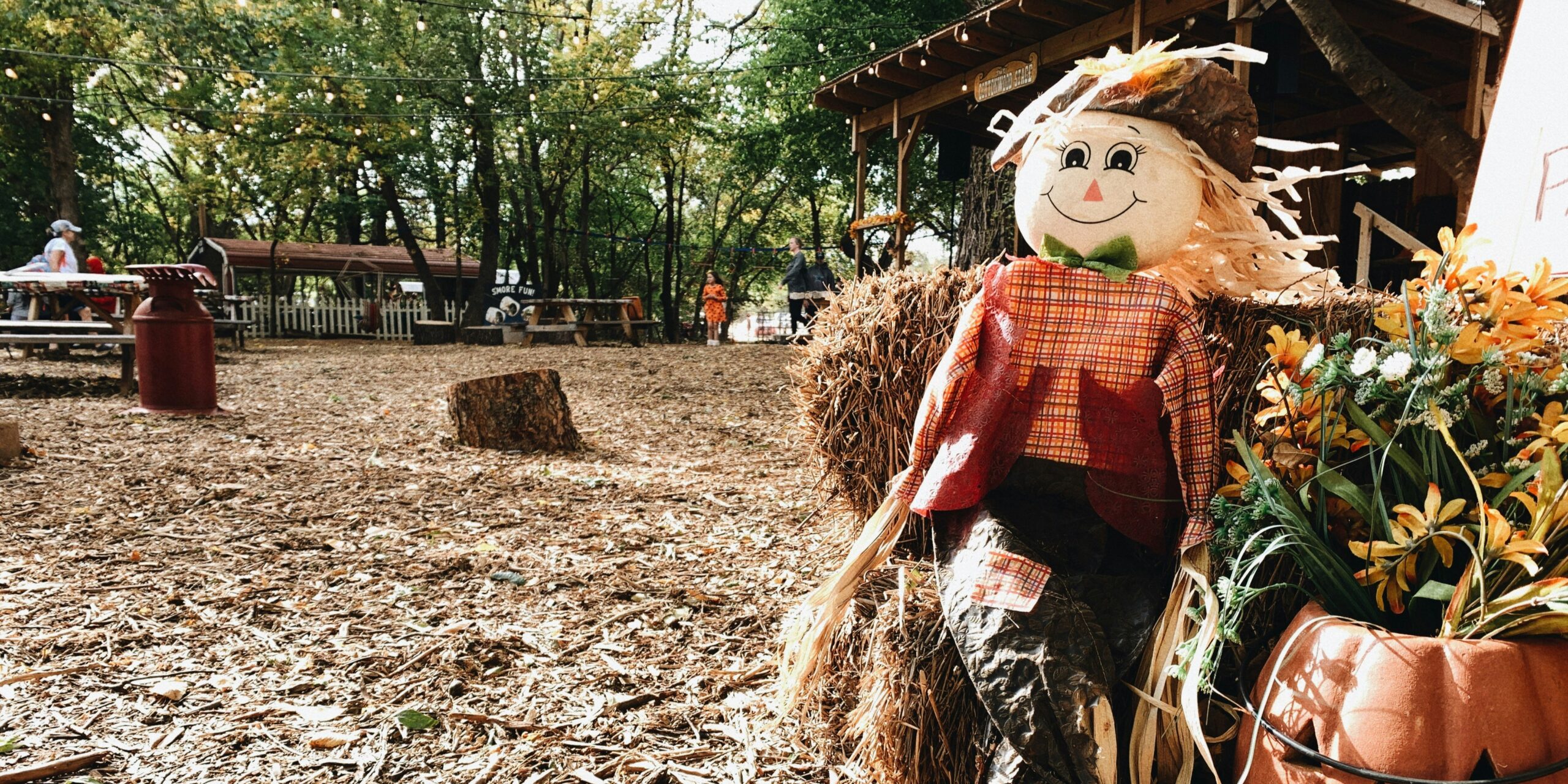See, before Realism, a lot of art was pretty dreamy and unrealistic. Think of those dramatic paintings with angels floating around or heroes battling mythical creatures. Realism was like, “Hold up, let’s get real!” These artists wanted to show life as it actually was, not some made-up fantasy. They ditched the mythical beasts and focused on everyday people doing everyday things. It was like a breath of fresh air in the art world.
Realist painters were all about details, details, details. They’d spend hours studying how light fell on a face, how wrinkles formed on a hand, or how fabric draped over a body. They wanted to capture everything – the good, the bad, and the ugly. They wanted their paintings to be so lifelike, you’d almost expect the people in them to blink or the fruit to smell ripe. It was a whole new way of looking at the world, and it made art a lot more relatable.
Seeing the World Through a Clear Lens
Realist painters sought to capture the world as it truly appeared, without embellishment or romanticized ideals. They turned their attention to ordinary people, everyday scenes, and the gritty realities of life. This was a radical departure from the prevailing art of the time, which often focused on historical events, mythological figures, and religious themes.
Realism wasn’t just about depicting the harsh realities of life; it was also about finding beauty in the mundane. Artists like Gustave Courbet, Jean-François Millet, and Honoré Daumier painted scenes of laborers, peasants, and the working class with dignity and respect. They showed the beauty of simple moments, like a woman gleaning in a field or a family gathering for a meal.
Realist painters were masters of observation. They paid meticulous attention to detail, capturing the subtle nuances of light and shadow, the textures of fabrics, and the expressions on people’s faces. Their paintings were often so lifelike that they could be mistaken for photographs. This attention to detail was a hallmark of the Realist movement and set it apart from the more stylized and idealized art of the past.
A Mirror to Society
Realism wasn’t just about aesthetics; it was also a social commentary. Many Realist paintings depicted the struggles of the working class, the inequalities of society, and the harsh realities of industrialization. They served as a mirror to the world, reflecting the challenges and triumphs of everyday life.
Realism might sound like a boring word, but trust me, it’s anything but! This art movement might have started way back in the 1800s, but it’s still a big deal today. Think of it as the rebel that changed the art world forever. It’s like that friend who always tells it like it is, no sugarcoating, just straight-up honesty.
Realism didn’t just disappear after its heyday. It’s like a ripple in a pond, spreading out and influencing other art movements that came after. Impressionism, for example, took Realism’s focus on real life and added a dash of light and color. Social Realism, on the other hand, used Realism’s honest approach to shine a light on social injustice. So, next time you see art that tackles tough topics or captures the beauty of everyday life, remember – it’s all thanks to Realism.
Next time you’re in a museum or flipping through an art book, pause when you see a Realist painting. Take a closer look. Notice the tiny details the artist captured – the wrinkles on a farmer’s face, the way light plays on a piece of fruit, the emotions in a person’s eyes. These paintings are like windows into the past, showing us how people lived, worked, and felt. They’re a reminder that even the most ordinary moments can be extraordinary when seen through the eyes of a Realist artist.




